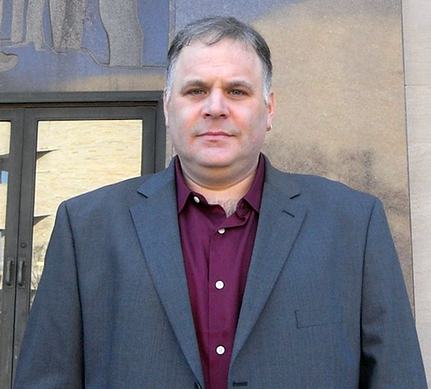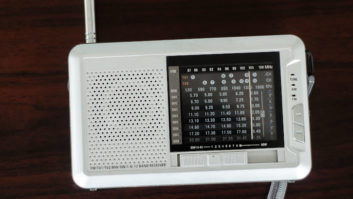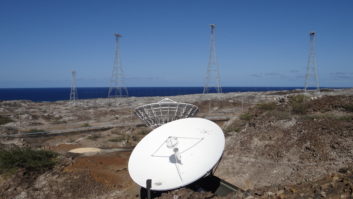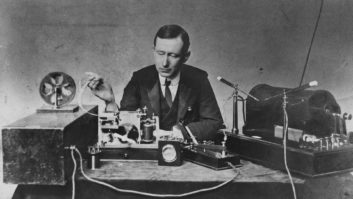Is there a shortwave radio revival taking place? If you never listened to shortwave and know nothing about the medium, it would be very easy to believe this.
Since the Russian invasion of Ukraine, a flurry of articles gave the impression that shortwave is about to be reborn, especially after the BBC announced it would beam shortwave to the region for 4 hours a day.

In Florida, a commercial station (Radio Miami International) used public donations to beam Voice of America and Radio Free Europe programs. Romania (which still possesses transmitters) puts on Ukrainian language news. Vatican Radio does the same. There are calls in Australia to restore that country’s shortwave broadcasts.
Here lies the problem: who is listening? Thousands, much less millions, of shortwave radios are not somehow hidden away in attics, though some commentators assert that people in Russia, particularly those with Cold War memories, will suddenly begin using shortwave to get around Putin and Xi Jinping’s firewalls.
Shortwave used to be a key tool to get news and information to areas where television and radio were highly censored. But after 1991 things started to change. Audience numbers started to drop around 1993 and this continued into the 2000s. BBC cut all shortwave broadcasts to eastern Europe. Voice of America, Deutsche Welle, and others sharply reduced or dropped use of shortwave.
Audiences were simply not listening anymore and had migrated to the Internet where numerous alternative sources became available.
Today, shortwave hobbyists assert that there is great value in beaming shortwave to Russia where a Putin crackdown closed independent media and pushed western reporters out.

But this is like claiming there is a VHS revival, because a few VCRs may still be floating around. At one time, there may have been millions of shortwave radios across the region. But no longer — gone are the days of people huddling around radios.
There are reasons why some broadcasters encourage recent talk about an alleged revival of shortwave. One involves funding.
Why would the BBC begin new shortwave beams to Russia and Ukraine, for four hours a day, but in English? One answer – the BBC’s Royal Charter ends in 2027 and there are calls to end the TV license fee that funds just over 75% of the budget, including the World Service which until a few years ago was funded by the foreign office.
BBC has tried hard to remain relevant in a world where listeners and viewers access more information and entertainment from other services and only pay for what they want.
So, this move can be seen as a PR stunt aimed at blunting the drive to do away with the license fee and show the BBC to be still important in times of crisis.
In a familiar game in Washington, in times of crisis the U.S. Agency for Global Media runs to Capitol Hill lobbying lawmakers to increase its budget (over $800 million in FY2022).
USAGM uses a range of statistical tricks to falsely inflate audience numbers – all the better to coax Congress to provide more money. The agency asserted year to year increases of 50 million and 60 million in 2016 and 2017. Members of Congress raised not a single question about this.
Shortwave audience numbers are very difficult to measure. Some of those now urging a revival cite figures from 30 years ago.
[Read More Guest Commentaries Here]
When BBC and others dropped shortwave to China, proponents called it a bad idea because of the Great Firewall. China has been blocking websites for more than 15 years that it deems detrimental to the Chinese Communist Party.
China blocks Facebook, Instagram, Youtube and other social media platforms. But people still use VPNs (Virtual Private Networks) to access news sites. The Russian government blocks these sites too, but they can still be accessed.
The USAGM also acts as a funding conduit for money going to anti-Internet censorship tools. But in new legislation sponsored by Robert Menendez (D-NJ) and Marsha Blackburn (R-TN) we see a contrast.
Congress will not shovel millions of dollars to USAGM to rebuild shortwave. It will send $75 million to the Department of State and USAID, and $50 million to USAGM for “Internet freedom and circumvention technologies.”
Hobbyists and members of the amateur radio community are piling on governments in Canada, Australia and Sweden to revive shortwave. But purchasing new transmitters costs millions, and for an audience which is practically nonexistent.
Look at how information is reaching people in Ukraine and Russia. It’s still through social media and encrypted apps like Telegram. Even President Zelensky uses social media daily to get his message out.
In North America and Western Europe shortwave has always been very niche. So, people who have heard of it but never listened are being misled now on the reality of its status.
Elsewhere, such as in Myanmar, shortwave was still widely used as of 1999 for news and information, even as mobile networks were being stood up and after the first smart phones were introduced.
Even in 2007, mobile phones and data plans there were still far out of reach for the average person. By 2018, phones had dropped to less than $50 and data plans ranged from $8 to $15 a month. By 2018, it was nearly impossible to find a shortwave radio.
This happened too across the rest of southeast Asia, the Pacific, Africa and eastern Europe.
So, as much as it may hurt to say, calling for a shortwave revival is wishful thinking. In 2022, Ukrainians and Russians need 21st century solutions, not a legacy technology primarily being kept alive by hobbyists.
Keith Perron worked with Radio Netherlands, Radio Canada International, and BBC World Service from 1990 to 2012. Daniel Robinson was White House, congressional and foreign correspondent for Voice of America.






